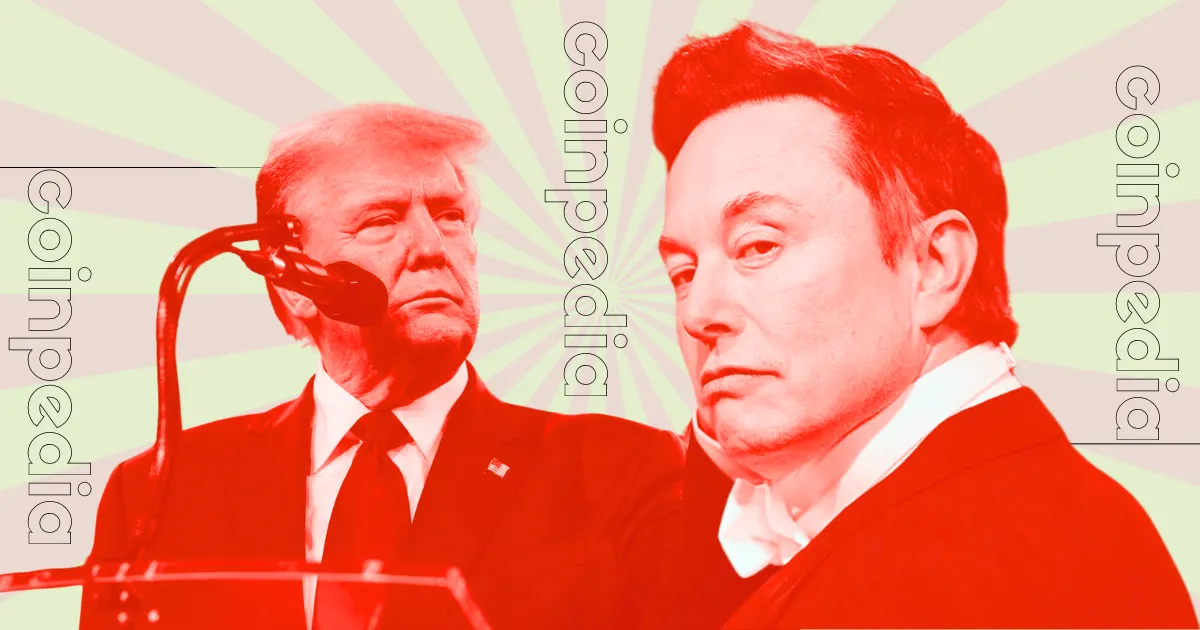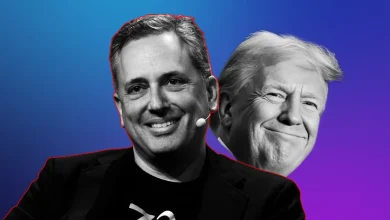
Elon Musk is no stranger to ambitious endeavors, but his latest venture presents a unique challenge. Tasked by Donald Trump to reduce federal spending by $2 trillion through the newly established Department of Government Efficiency (DOGE), Musk faces a monumental task. Known for his ability to disrupt industries, his approach will test the adaptability of government bureaucracy. Can his innovative strategies, which have previously transformed companies like Twitter, effectively translate to the public sector? Or is this challenge too great, even for someone of his caliber?
Will Musk’s Methods Be Too Much?
Upon acquiring Twitter, Musk demonstrated his decisive management style by reducing the workforce by half within two weeks, eventually cutting 80% of staff. He now aims to implement similar sweeping changes within federal agencies, promising respectful handling of layoffs and assistance for transitioning employees to the private sector. However, there’s skepticism about whether such a straightforward approach will be successful in a government setting. His aversion to remote work is also well-known. Musk eliminated it almost overnight at Twitter, advocating for in-person attendance. It’s anticipated that he may introduce the same policy in federal offices, arguing that remote roles are outdated. Additionally, his emphasis on accountability suggests that weekly progress reports could become a standard practice.
Are People Nervous About Government Changes?
Musk’s supporters point to Twitter as evidence of his ability to streamline operations despite significant staff reductions. They express optimism that he can replicate this efficiency within government. Critics, however, voice concerns over the lack of innovation observed at Twitter since Musk’s takeover, which raises questions about its future stability. If federal services experience similar disruptions, public trust in government could erode, leading to widespread dissatisfaction. Musk’s consistent sharing of updates regarding the Department of Government Efficiency on social media generates excitement within his community, but it also highlights the apprehensions surrounding his plans.
What’s Next?
Regardless of one’s opinion on Elon Musk, his audacity is undeniable. Undertaking the task of slashing $2 trillion from federal spending is a formidable objective, and if anyone can instigate change, it’s him. The critical question remains: will his rapid-paced, transformative style yield positive results for government efficiency, or might it inadvertently cause more harm than good? As this initiative unfolds, one certainty prevails—it promises to be a captivating journey with potentially far-reaching implications.






